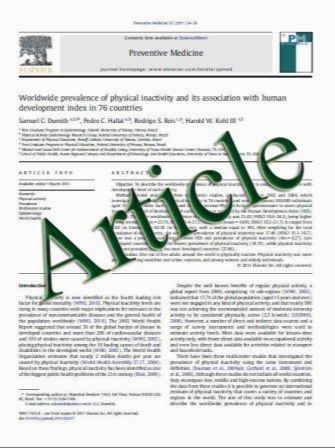Investigation on the utility of permanent maxillary molar cusp areas for sex estimation
- نوع فایل : کتاب
- زبان : انگلیسی
- مؤلف : P. James Macaluso Jr.
- چاپ و سال / کشور: 2010
Description
Digital photogrammetric methods were employed to assess the level of sexual dimorphism present in permanent maxillary molar cusp areas of black South Africans (130 males, 105 females). Odontometric standards were then developed for diagnosing sex, based on the cusp area data derived for these teeth. Results demonstrated that all cusp area measurements of both the first and second maxillary molars were significantly dimorphic (P\0.0001) in this group. Univariate and multivariate discriminant function analyses yielded overall sex prediction accuracy rates between 59.6 and 74.5%. Comparable allocation results were also obtained for binary logistic regression analyses, but with larger classification sex biases. The highest classification accuracies were observed for different combinations of just two cusp areas for the first molar. Allocation rates of formulae derived for second molar dimensions were on average 4.3% lower than those obtained for the first molar. Analyses incorporating cusp areas of both maxillary molars did not improve classification accuracies achieved when only using first molar measurements. The classification rates are below the suggested minimum accuracy of 75–80% for reliable forensic application of a method; however, the derived formulae may provide a useful statistical indication as to the sex of fragmentary remains in which complete or even partial tooth crowns are the only materials available for examination. Furthermore, the formulae can be applied not only to adults but also to subadults (above the age of 3 years) in which the more accurate sex discriminating features of the pelvis and skull are yet to develop.
Forensic Sci Med Pathol (2011) 7:233–247 DOI 10.1007/s12024-010-9204-7 Accepted: 30 October 2010 / Published online: 16 November 2010


